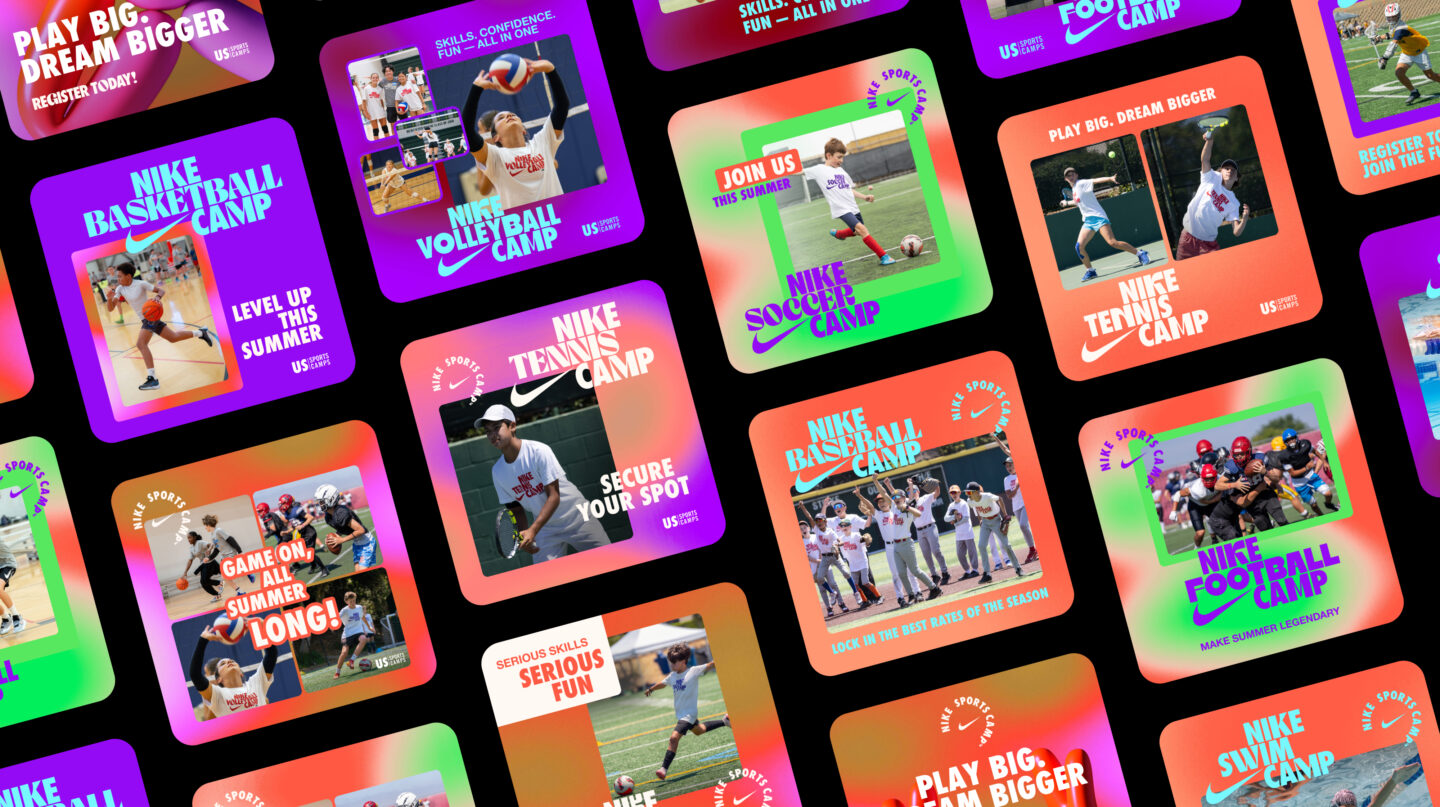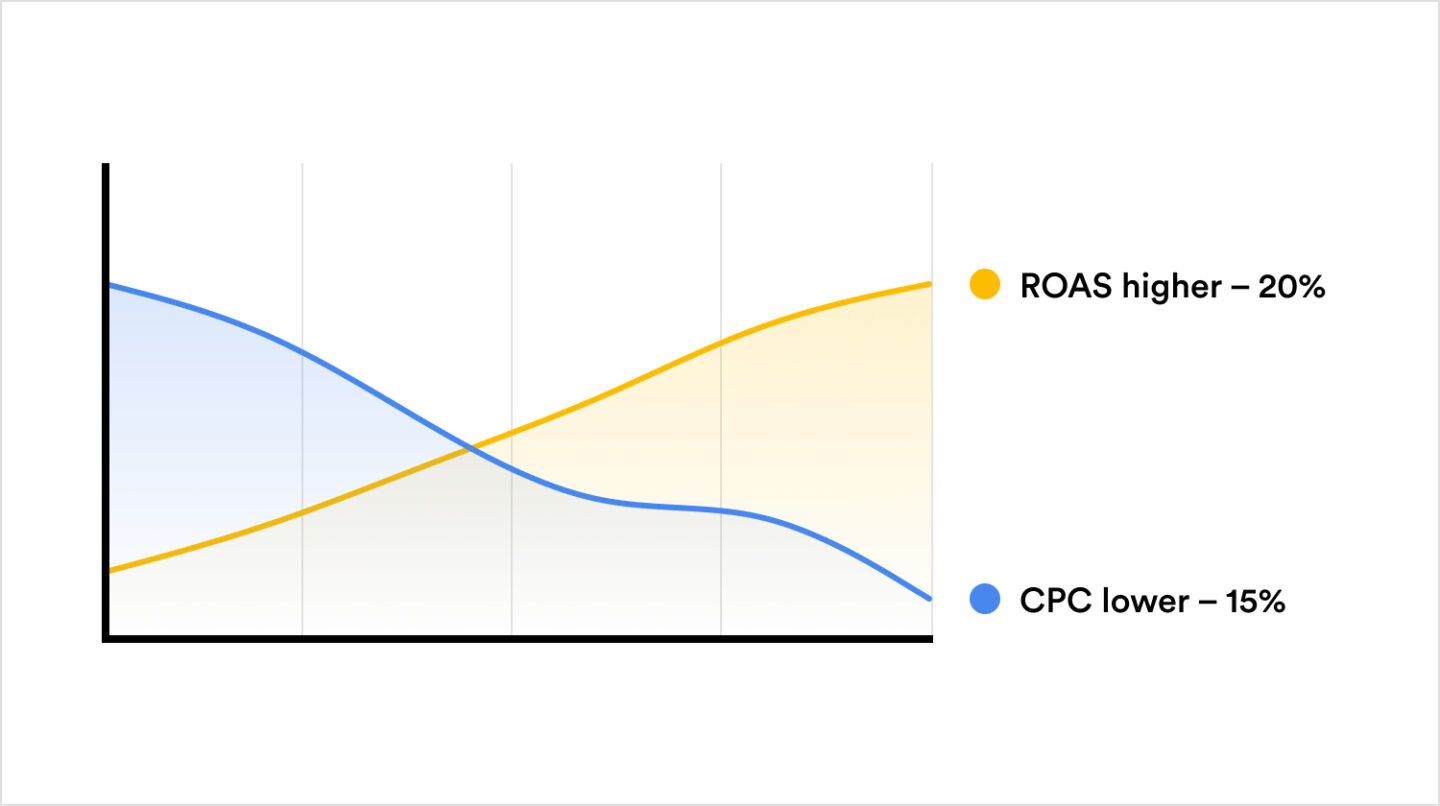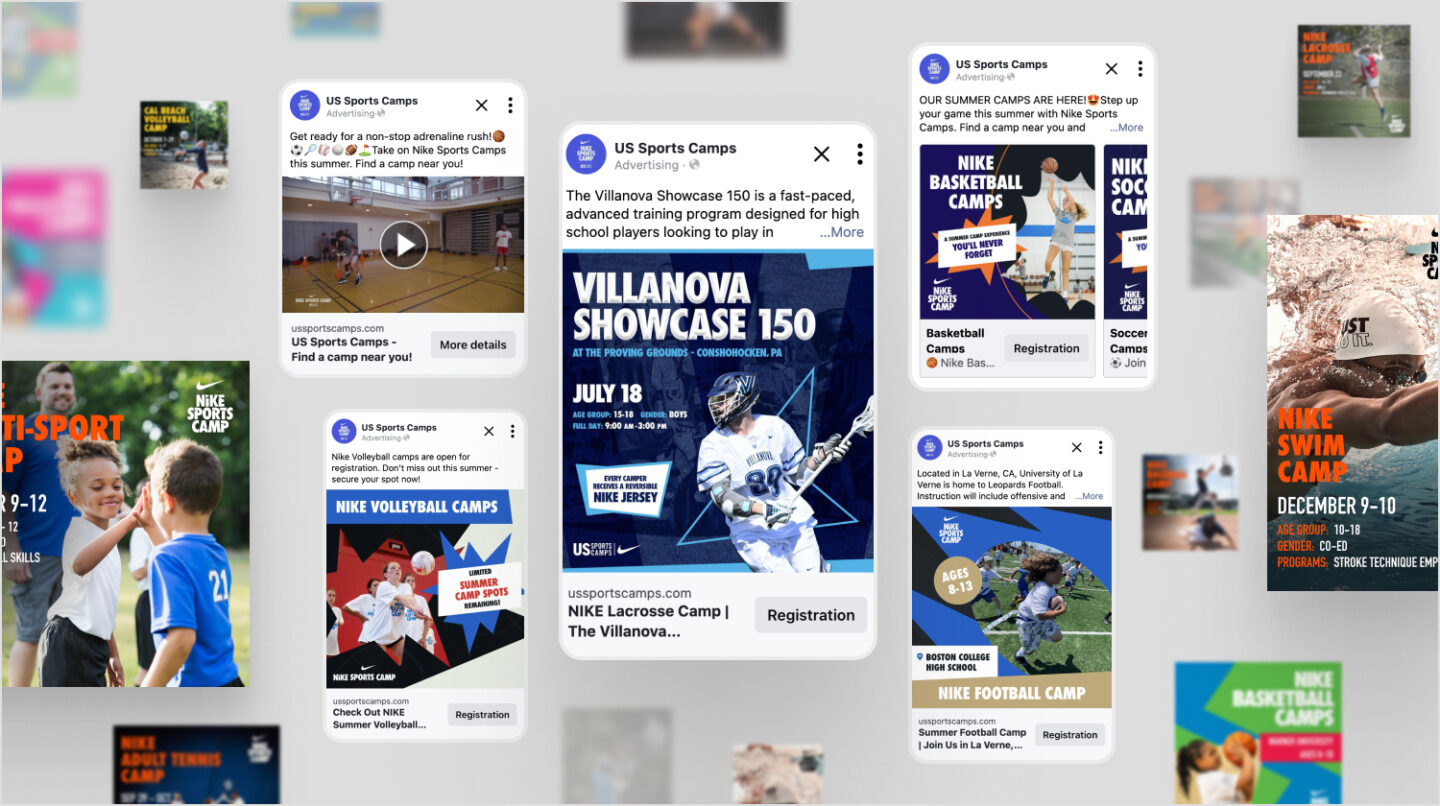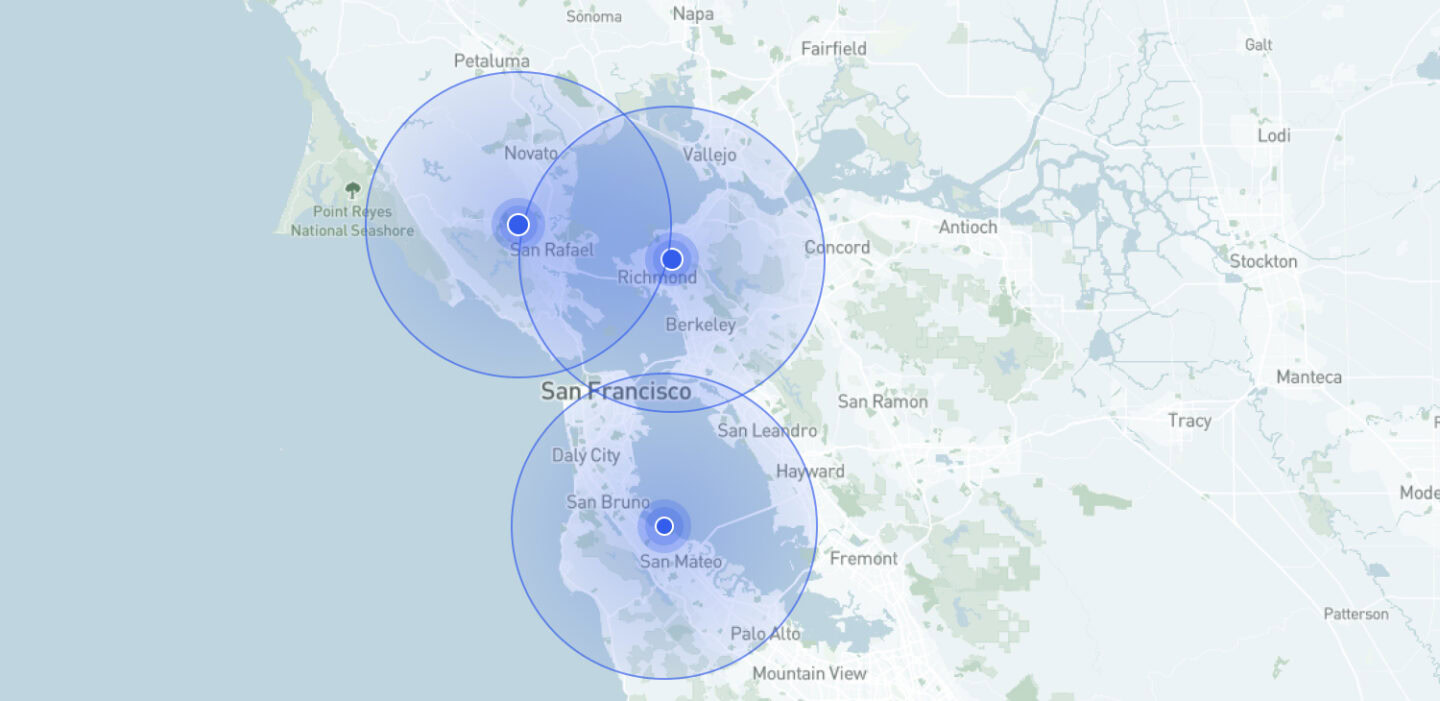
Driving 98% Transaction Growth: Scaling US Sports Camps’ Digital Marketing
Transactions
98%
Revenue
92%
ROAS
15%
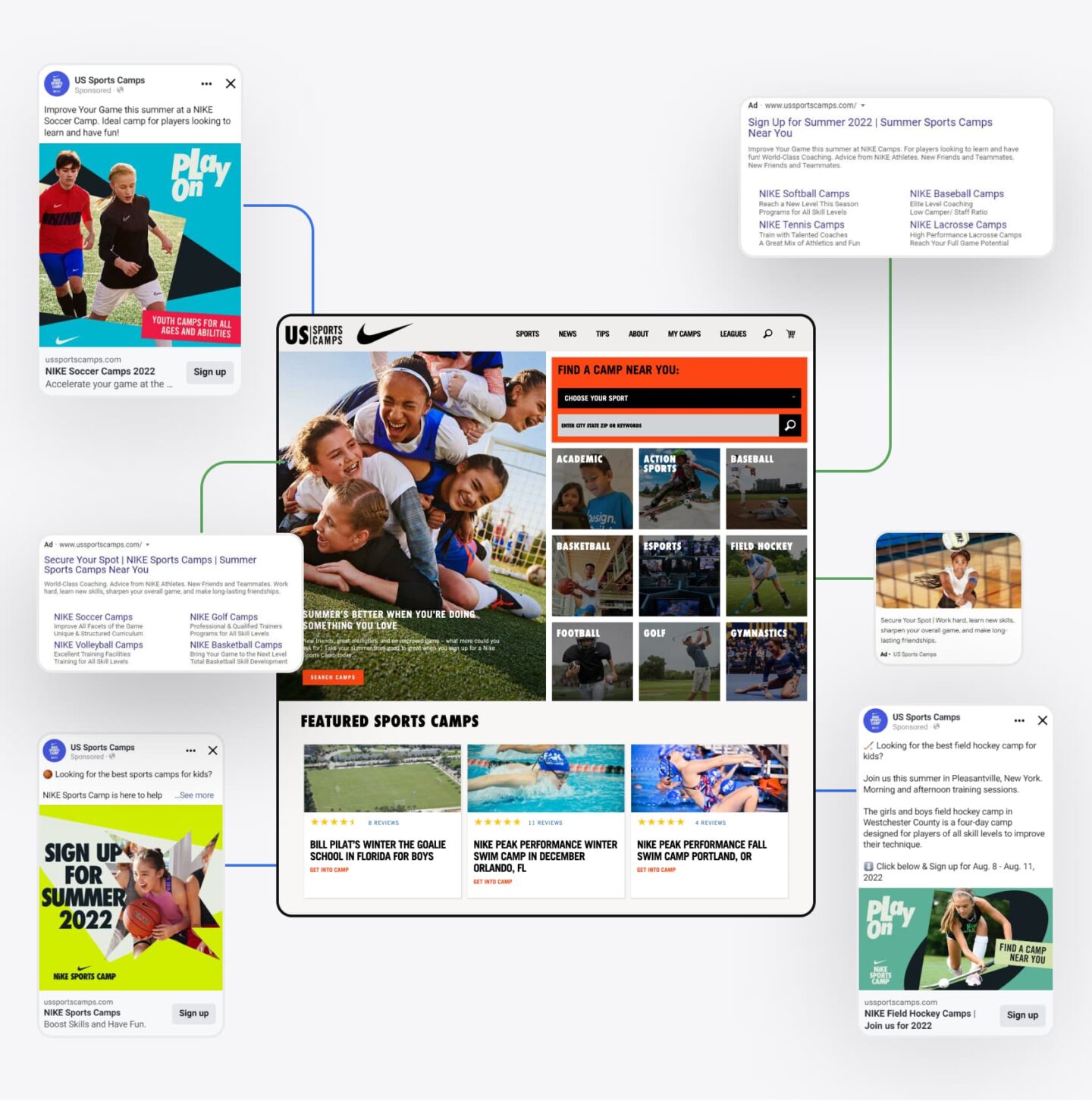

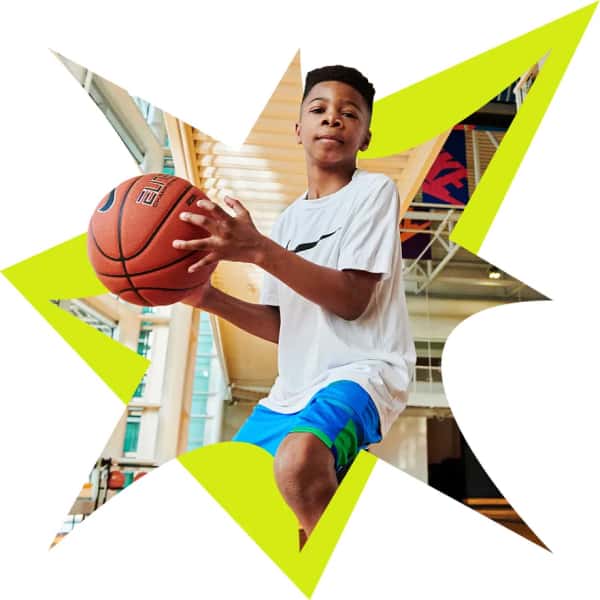
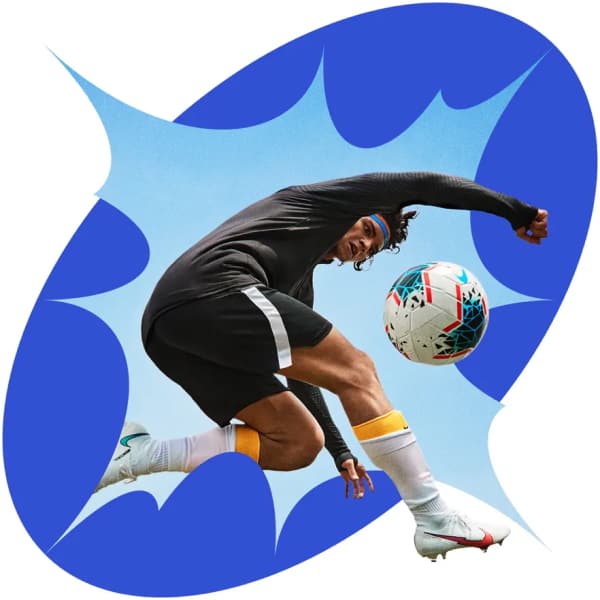
Background & Industry Insights
The post-pandemic landscape of youth sports in the US has been shaped by both challenges and opportunities. While participation rates have recovered, rising costs are increasingly limiting access to extracurricular sports for many families. In 2024, the Aspen Institute reports the average family spends $1,016 on a child’s primary sport — an increase of 46% since 2019.
Simultaneously, participation patterns are evolving, with children engaging in fewer sports each year. This trend presents a clear opportunity for camps to offer specialized, skill-building programs that cater to the changing needs of young athletes.
USSC’s partnership with Dizzain has focused on aligning their marketing efforts with these changes, driving engagement, and optimizing campaign performance.
Summary
Dizzain’s new strategy increased lead generation by more than 2x while reducing the Cost per Sale by 38%.
Facebook campaigns not only allowed USSC to interact with potential customers more effectively but also increased occupancy at camps that had difficulty getting applications on other platforms.
Transactions
98%
Revenue
92%
ROAS
15%
I’ve been working in SEO and PPC for the past 12 years, and what impresses me the most is their knowledge of the space and willingness to continue to iterate on campaigns that are not working and double-down on the campaigns that are.
I am very critical of the vendors I leverage and am constantly looking for teams that I feel are an extension of my own team. I need a partner that understands what I want to achieve and knows how to get us there the quickest way possible. Dizzain is that partner.

Joshua Van Horsen
VP of Digital Marketing
